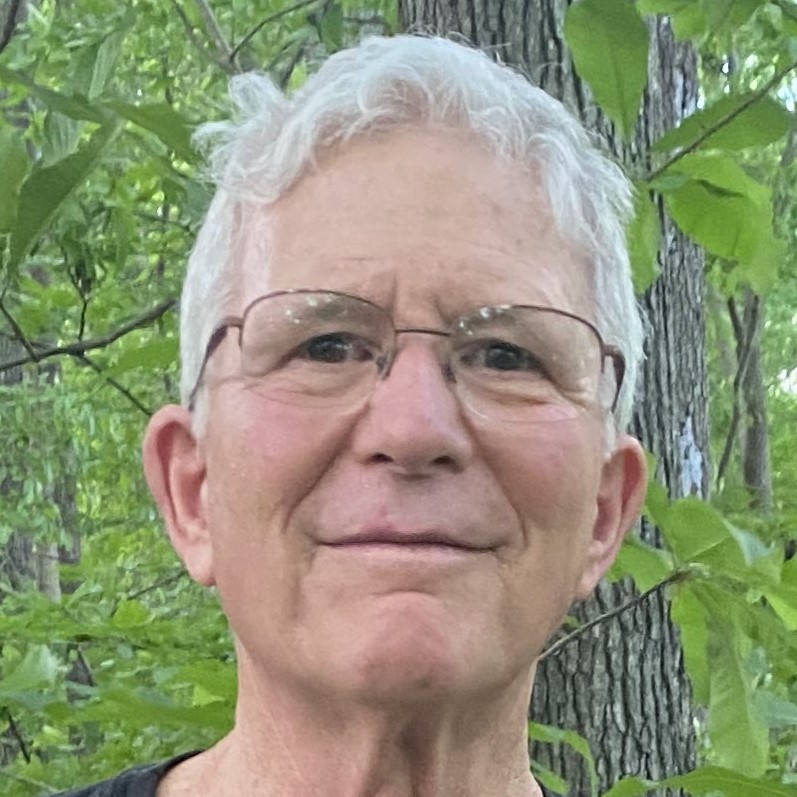Trigger alert: This essay contains a racial slur used by some white people at that time to demean Black children as a group.
Our family lived on a wooded hilltop in the white suburb of Mountain Brook, protected from sleepless nights of bombings and police oppression plaguing Black families in the Magic City. My few glimpses of struggles for justice downtown were through safety glass windows of a 1959 Chevrolet station wagon that sported jet fins, a V-8 engine, and could haul up to a dozen kids.
On Mother’s Day 1961 when I was age twelve, Mama drove my siblings and me downtown to the Trailways station to pick up our cousin from Mississippi. There was no place to park out front. A crowd milled around, spilling out of the station. Mama noted how strange there were no officers or police cars anywhere. She double-parked. Leaving the engine running, she instructed my older brother, “Go in, find Stevie, grab his bags and bring him back immediately.” “Robert, climb in the back and open the tailgate window.” While my brother was inside, a half dozen white men toting tire irons, bats, and chains rushed toward the rear of the station, almost tripping over each other as if late for an event. Finally, my brother and Stevie emerged from the front of the station. I took Stevie’s suitcase, and the two of them piled in the middle seat. Mama scratched off before I could close the tailgate window.
The front page of the next day’s newspaper featured a circle of white men taking turns beating an unidentifiable victim on the floor.




